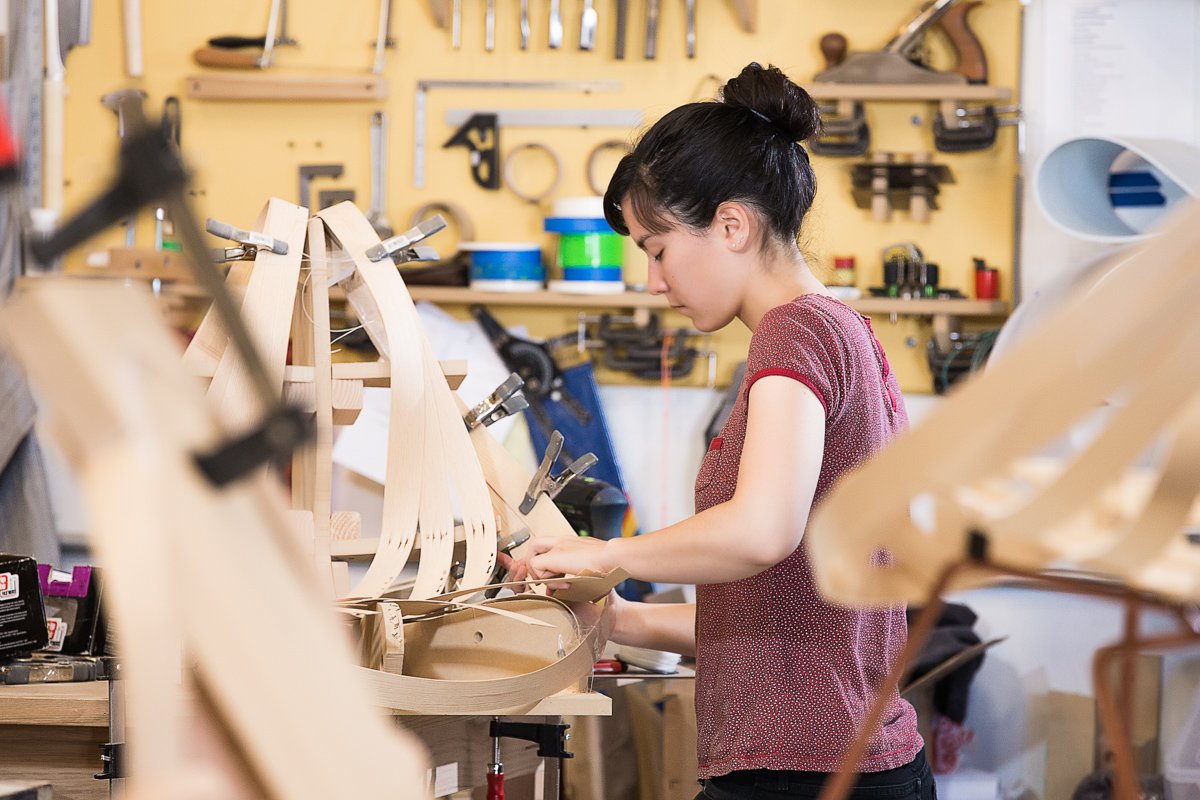
Workshops / Lectures
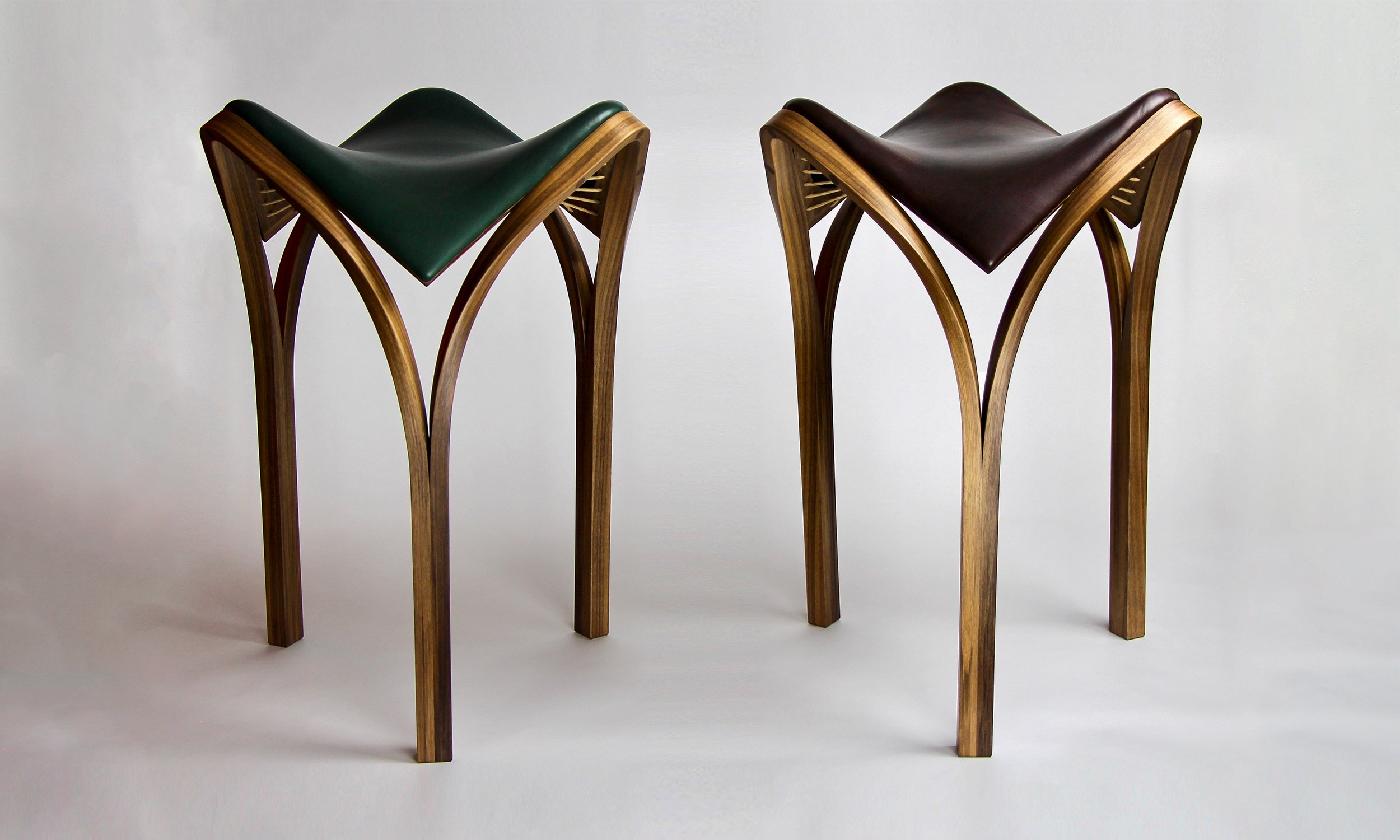
Digital and Organic: Wood Bending and the CNC
In this innovative workshop that bridges woodworking and digital fabrication, we utilize the CNC Router to fabricate jigs and molds for bending and cutting joinery. Bending represents a dramatic departure from most traditional fine woodworking. Rather than working with rectilinear geometry, students lean into the materiality of wood and explore its natural strengths through curvature. Reference faces are often non-existent and require unique joinery, creative thinking, and novel use of machinery. Basic drawing techniques in Rhinoceros 3D are introduced as students design and prototype a project specific to their personal style.

Bent Lamination Workshop
A 6 Day crash course in design, curves, shaping, bending and combining them all to adding beautiful curves to your custom furniture. Laura Kishimoto will be leading a workshop on designing and prototyping bent wood tables. Each project will be individually designed by the student and expertly guided through the process.
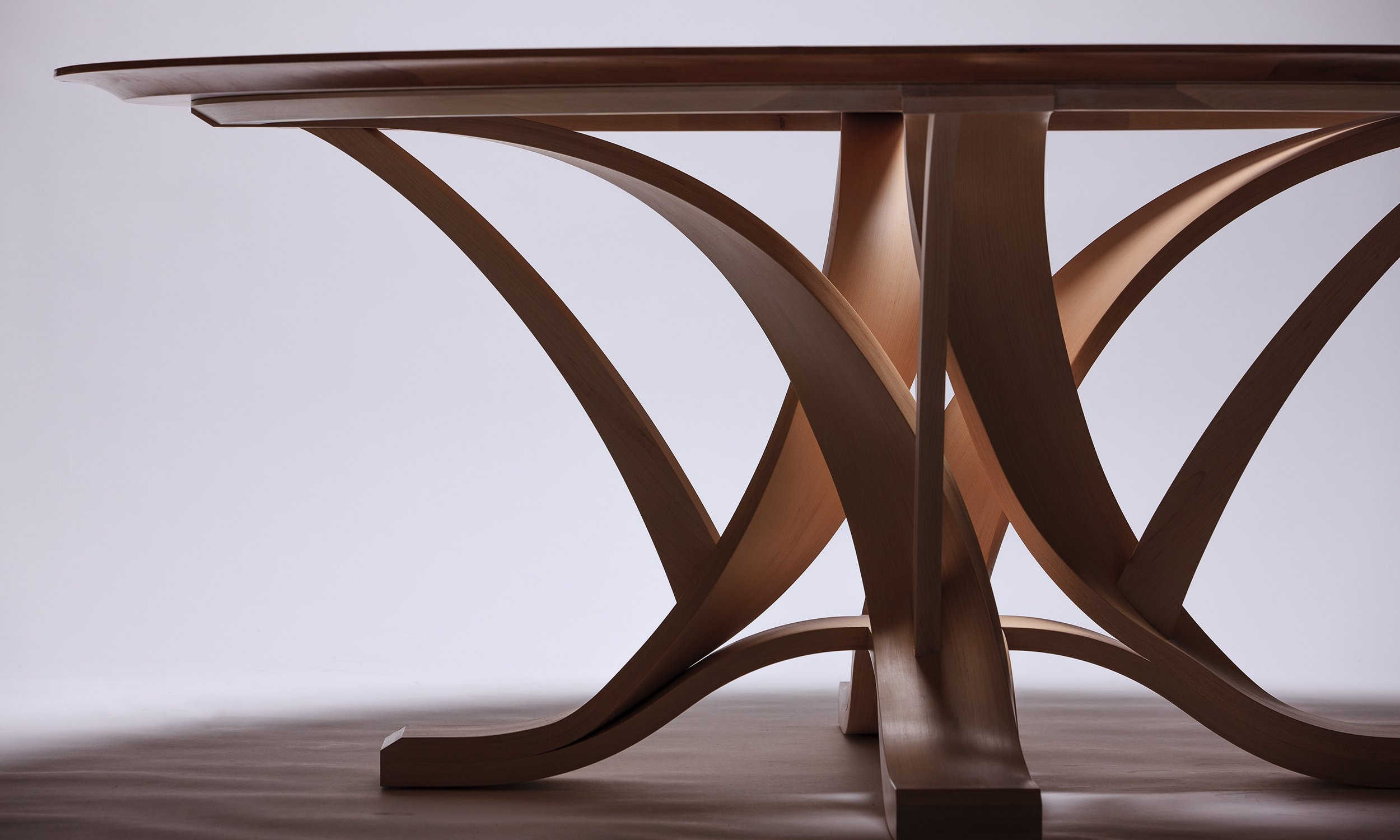
Creating Compound Curves: Navigating Freeform Lamination
Many woodworkers are familiar with how to make a bent lamination that curves along a single plane. The mold surface can be created by extruding the path of a two-dimensional curve. Just as a squared edge acts as a reference face in traditional woodworking, the single plane, represented by the flat sides of your mold, becomes your reference face. But how do you approach bending a lamination that curves across multiple planes at once? Where can you establish a reference face? This demonstration will explore strategies to create a freeform “mold” which yields repeatable compound curved bent laminations and the iterative prototyping process that goes into making a bend look effortlessly organic.
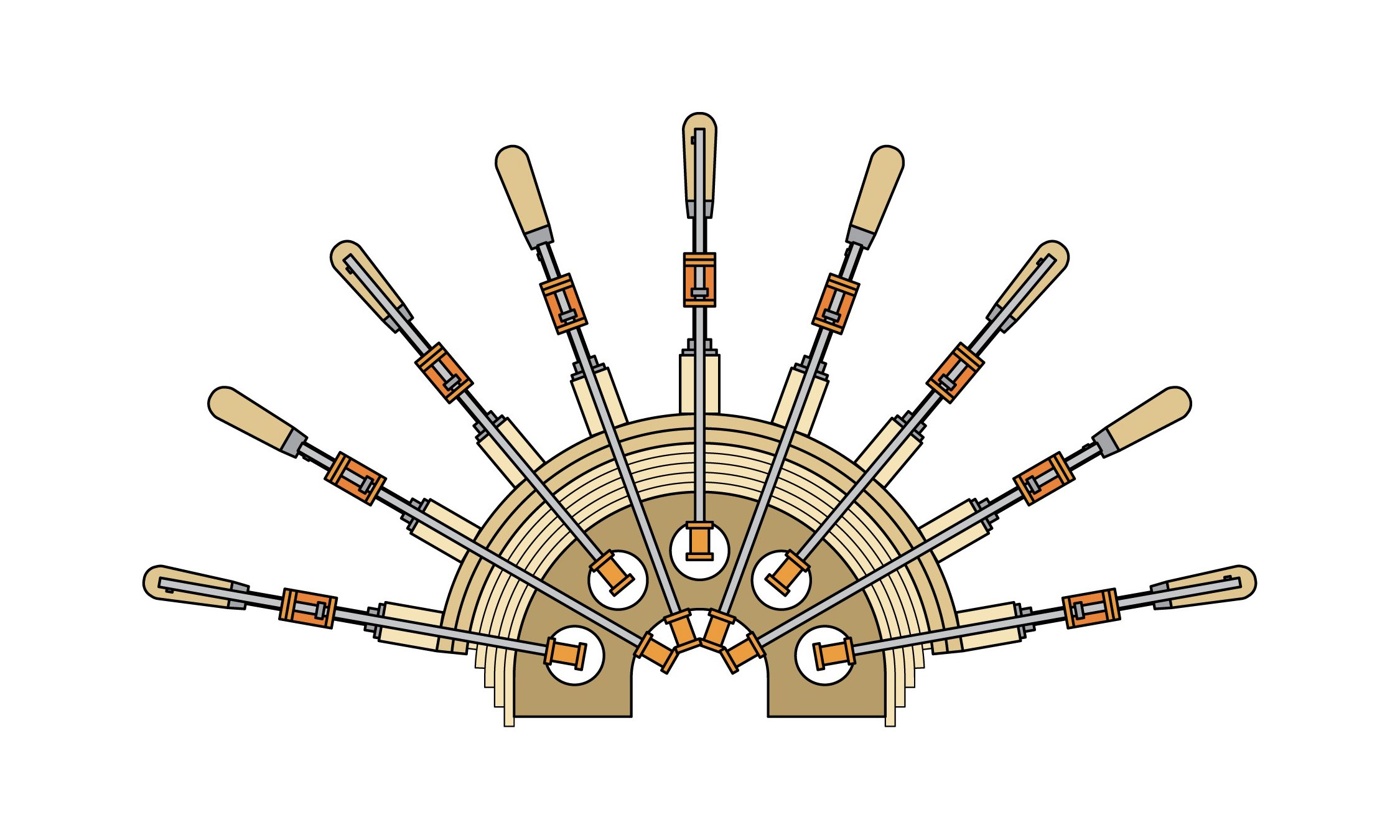
The Fundamentals of Bent Lamination
How did bent lamination and plywood come to exist? What happens on a cellular level when layers of veneer are bent? And what factors do you need to consider when creating a mold for bent lamination? This lecture will explore how the driving principles behind bending and laminating wood have shaped contemporary bentwood furniture.
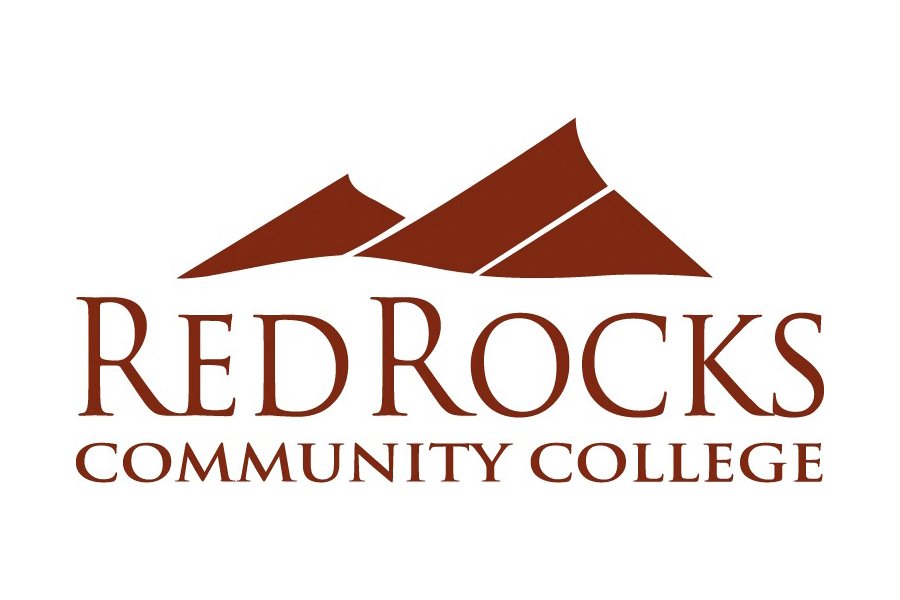
Bending and Laminations
Bent lamination represents a dramatic departure from most traditional fine woodworking. Rather than working within rectilinear geometry, you will lean into the materiality of the wood and explore its natural strengths through curvature. Reference face is often non-existent, so cutting joinery requires some creative thinking and novel use of machinery and hand tools. We will explore a variety of methods including cold lamination, mold making, vacuum forming, freeform lamination, and steam bending.
Just as this course will challenge you to explore unorthodox techniques, equal emphasis will be placed on experimenting with design. Through sketching, model making, and test pieces, you will rigorously develop designs unique to your personal style. Projects should take full advantage of the bent lamination techniques both aesthetically and structurally.
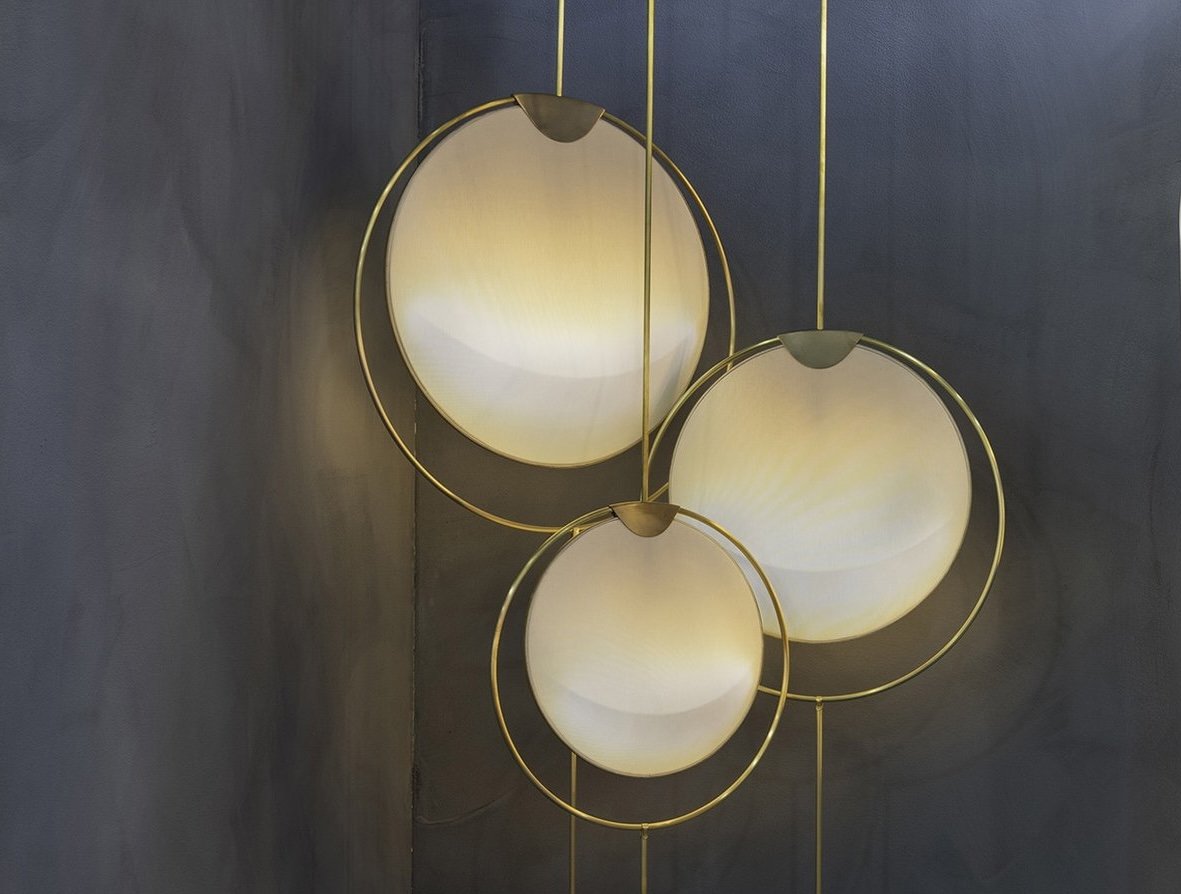
Bending Light
What are the qualities of light that inspire? This exploratory workshop delves into the dynamic properties of light and how it can be shaped and manipulated as a physical material. Rather than incorporating a light source to illuminate a woodworking project, woodworking techniques are used to transform our perception of the light itself. We explore luminosity, translucence, and shadow through the organic lens of bent wood. Students learn basic wiring and are introduced to freeform bent lamination techniques as they prototype a light of their own design.

Bending and Laminations
Bent lamination represents a dramatic departure from most traditional fine woodworking. Rather than working within rectilinear geometry, you will lean into the materiality of the wood and explore its natural strengths through curvature. Reference face is often non-existent, so cutting joinery requires some creative thinking and novel use of machinery and hand tools. We will explore a variety of methods including cold lamination, mold making, vacuum forming, freeform lamination, and steam bending.
Just as this course will challenge you to explore unorthodox techniques, equal emphasis will be placed on experimenting with design. Through sketching, model making, and test pieces, you will rigorously develop designs unique to your personal style. Projects should take full advantage of the bent lamination techniques both aesthetically and structurally.
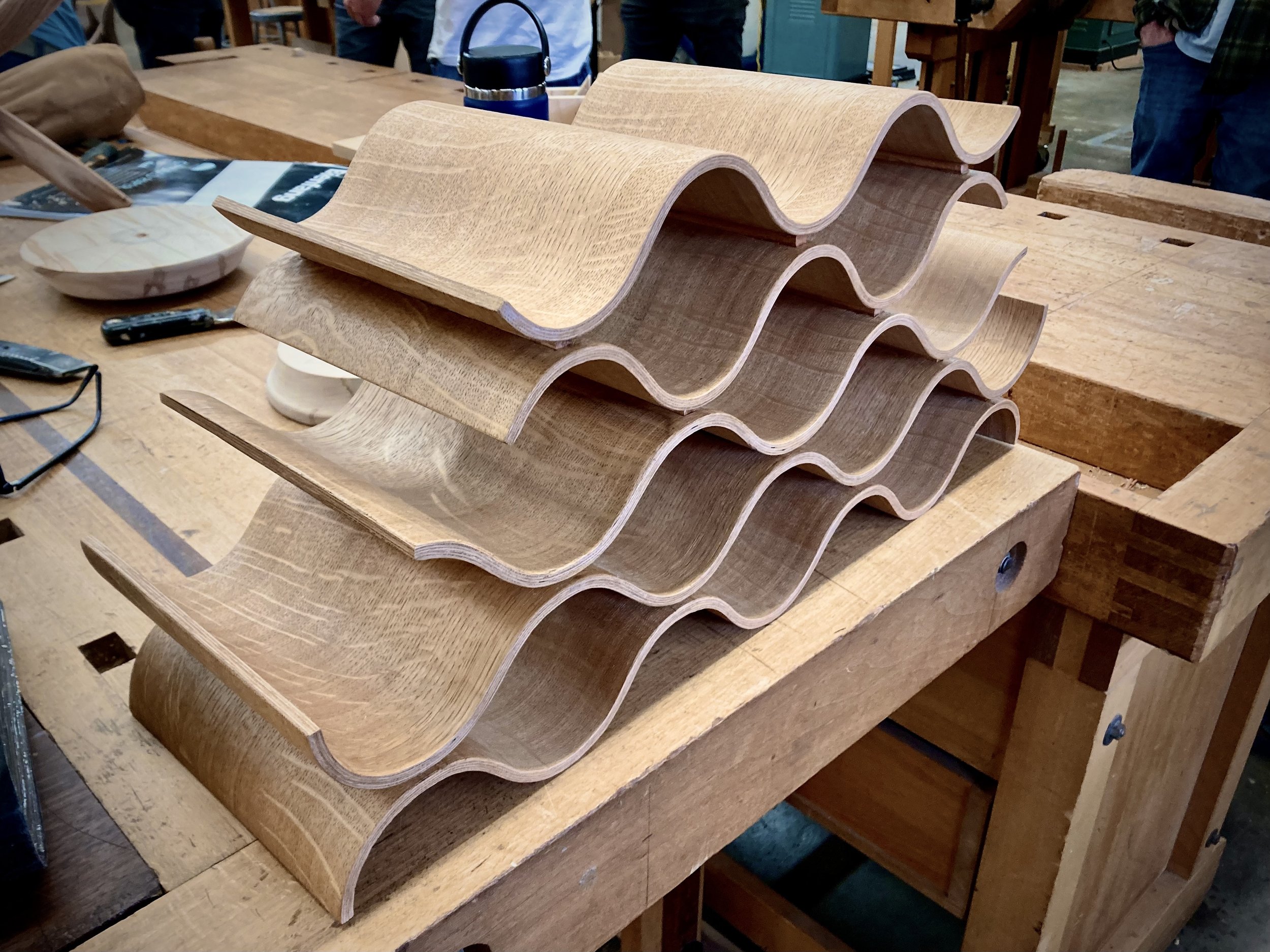

Curved End Table Class
This weekend class will introduce students to curved and bent elements in furniture through a fun and simple end table project.
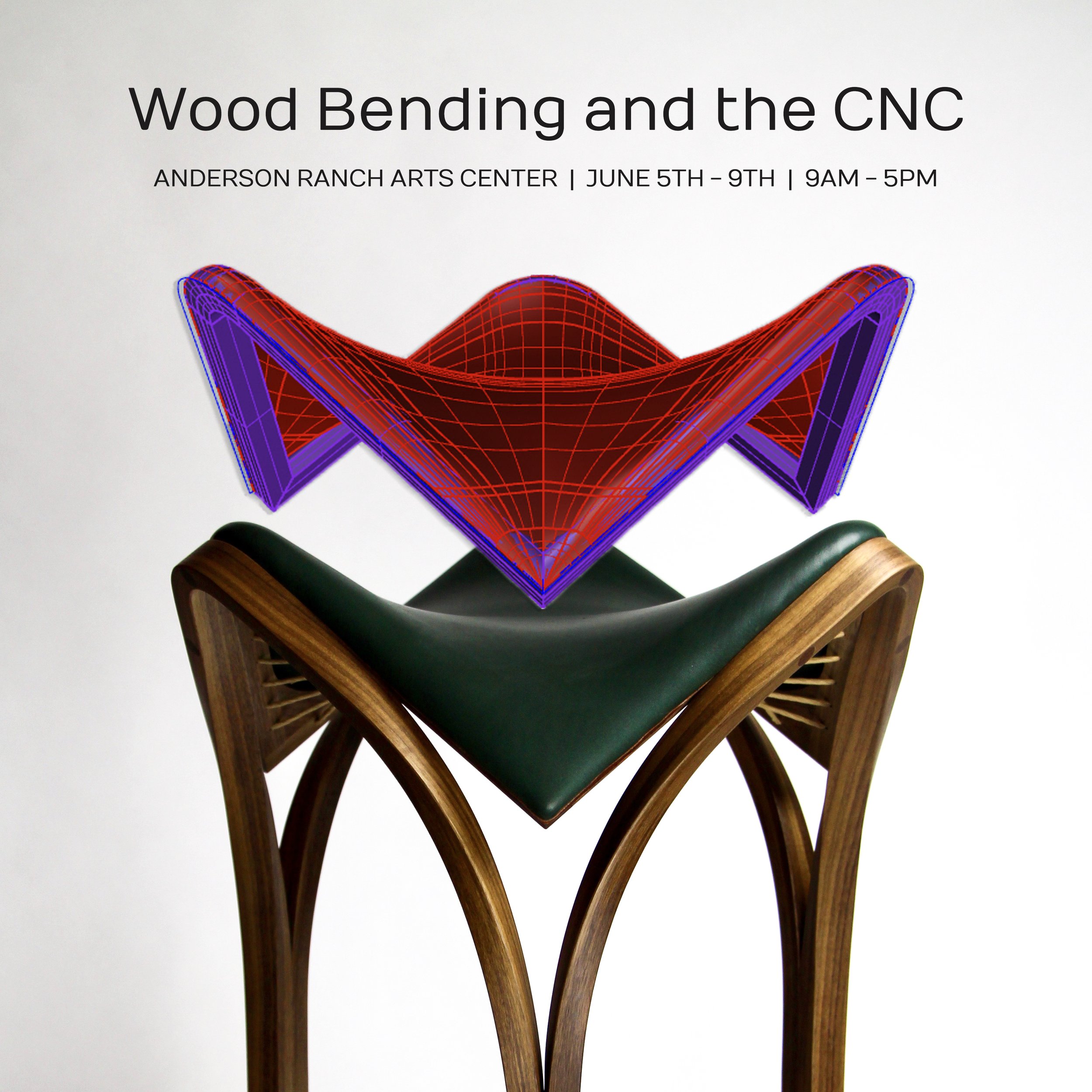
Wood Bending and the CNC
Bending represents a dramatic departure from most traditional fine woodworking. Rather than working with rectilinear geometry, artists lean into the materiality of the wood and explore its natural strengths through curvature. Reference faces are often non-existent, so joinery requires some creative thinking and novel use of machinery and hand tools. In this innovative workshop that bridges woodworking and digital fabrication, we utilize the CNC Router to fabricate jigs and molds for bending and cutting joinery. Basic drawing techniques in Rhinoceros 3-D are introduced as students design and prototype a project unique to their personal style.

Bending and Laminations
Bent lamination represents a dramatic departure from most traditional fine woodworking. Rather than working within rectilinear geometry, you will lean into the materiality of the wood and explore its natural strengths through curvature. Reference face is often non-existent, so cutting joinery requires some creative thinking and novel use of machinery and hand tools. We will explore a variety of methods including cold lamination, mold making, vacuum forming, freeform lamination, and steam bending.
Just as this course will challenge you to explore unorthodox techniques, equal emphasis will be placed on experimenting with design. Through sketching, model making, and test pieces, you will rigorously develop designs unique to your personal style. Projects should take full advantage of the bent lamination techniques both aesthetically and structurally.

Bending and Laminations
Bent lamination represents a dramatic departure from most traditional fine woodworking. Rather than working within rectilinear geometry, you will lean into the materiality of the wood and explore its natural strengths through curvature. Reference face is often non-existent, so cutting joinery requires some creative thinking and novel use of machinery and hand tools. We will explore a variety of methods including cold lamination, mold making, vacuum forming, freeform lamination, and steam bending.
Just as this course will challenge you to explore unorthodox techniques, equal emphasis will be placed on experimenting with design. Through sketching, model making, and test pieces, you will rigorously develop designs unique to your personal style. Projects should take full advantage of the bent lamination techniques both aesthetically and structurally.
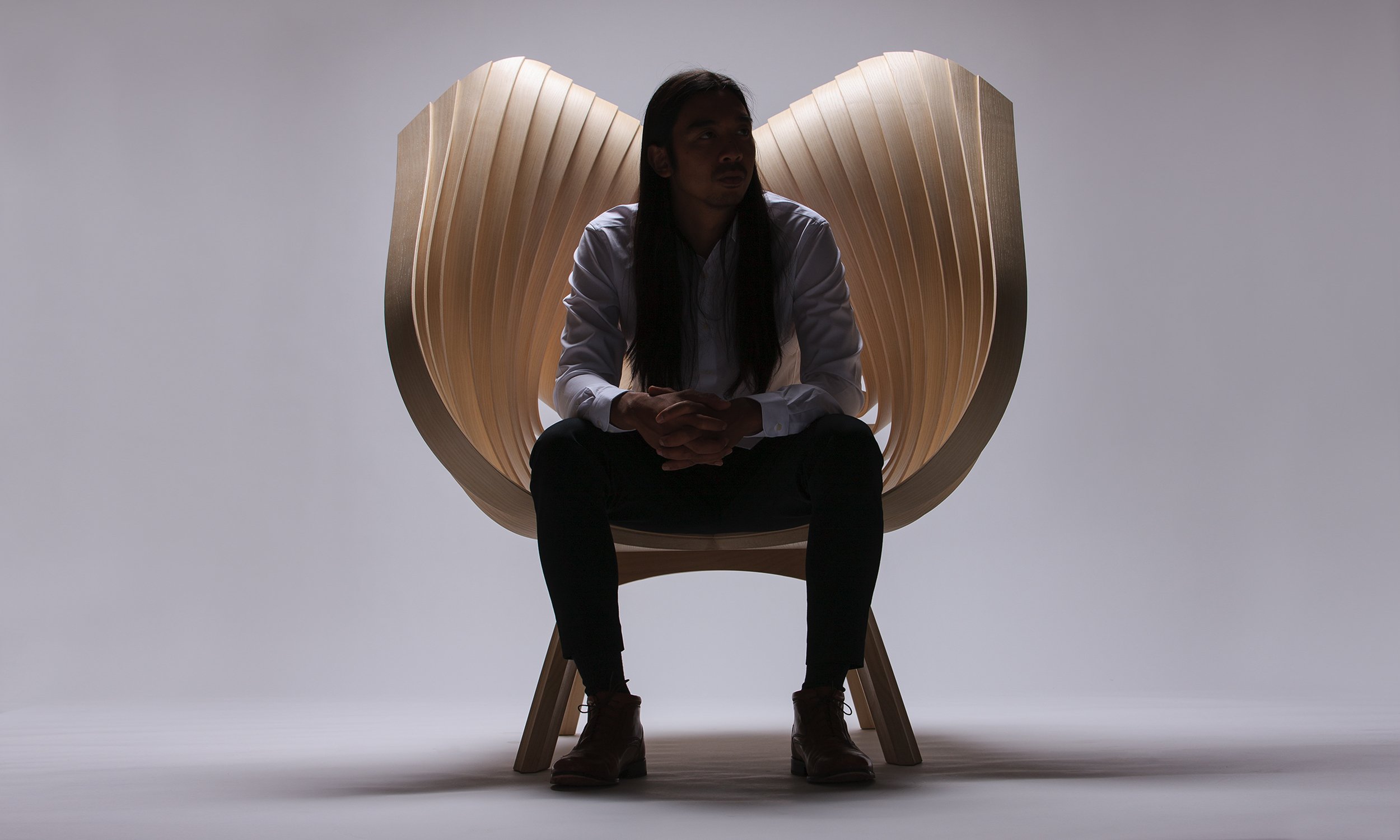
Bent Lamination in Seating
Bent lamination represents a dramatic departure from most traditional fine woodworking. Rather than working within rectilinear geometry, you lean into the materiality of the wood and explore its natural strengths through curvature. Reference face is often non-existent, so cutting joinery requires some creative thinking and novel use of machinery and hand tools. Through sketching, model making and test pieces students rigorously develop a seating design unique to your personal style. The course culminates in building a full-scale, functional prototype that takes full advantage of bent lamination techniques both aesthetically and structurally.

Bending and Laminations
Bent lamination represents a dramatic departure from most traditional fine woodworking. Rather than working within rectilinear geometry, you will lean into the materiality of the wood and explore its natural strengths through curvature. Reference face is often non-existent, so cutting joinery requires some creative thinking and novel use of machinery and hand tools. We will explore a variety of methods including cold lamination, mold making, vacuum forming, freeform lamination, and steam bending.
Just as this course will challenge you to explore unorthodox techniques, equal emphasis will be placed on experimenting with design. Through sketching, model making, and test pieces, you will rigorously develop designs unique to your personal style. Projects should take full advantage of the bent lamination techniques both aesthetically and structurally.

Bending and Laminations
Bent lamination represents a dramatic departure from most traditional fine woodworking. Rather than working within rectilinear geometry, you will lean into the materiality of the wood and explore its natural strengths through curvature. Reference face is often non-existent, so cutting joinery requires some creative thinking and novel use of machinery and hand tools. We will explore a variety of methods including cold lamination, mold making, vacuum forming, freeform lamination, and steam bending.
Just as this course will challenge you to explore unorthodox techniques, equal emphasis will be placed on experimenting with design. Through sketching, model making, and test pieces, you will rigorously develop designs unique to your personal style. Projects should take full advantage of the bent lamination techniques both aesthetically and structurally.
